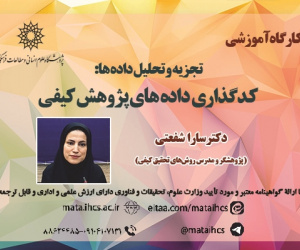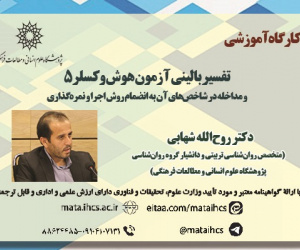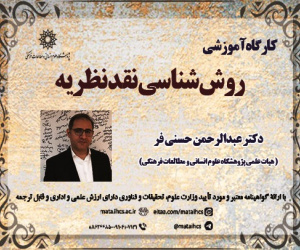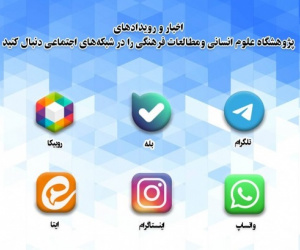التقييم الكمي والنوعي لمحتوى كتاب اللغة العربية استنادًا إلى نموذج إبداع جوی بول غيلفورد (الصف التاسع من المرحلة المتوسطة في الجمهوریة الاسلامیة الایرانیة نموذجاً)
آرشیو
چکیده
یُعتبر الإبداع أحد المفاهیم الشائعه فی مجال التحفیز خلال عملیه التعلیم والتربیه فی القرن العشرین، وقد حظی باهتمام عدد من المنظّرین. ومن بین أبرز هؤلاء، نموذج "جوی بول غیلفورد"، العالم النفسی الأمریکی (1959)، الذی یعتمد على أربعه مبادئ: الذاکره المعرفیه، والتفکیر المتباعد، والتفکیر المتقارب، والتفکیر التقییمی. یُعد کتاب اللغه العربیه للصف التاسع "العربیه، لغه القرآن" من الکتب المهمه والأساسیه فی مجال تعلم اللغه الثانیه. ترکز هذه الدراسه على تقییم المحتوى الکمّی والنوعی لهذا الکتاب من خلال استخدام منهجیه الوصف والتحلیل النقدی الشامل. وتشیر نتائج البحث إلى أن إجمالی العینه البالغ 1152 نموذجًا، قد سُجل أعلى تکرار للذاکره المعرفیه بواقع 596 نموذجًا، بینما کان أقل تکرار للتفکیر المتباعد بواقع 8 نماذج فقط. استنادًا إلى نتائج البحث الحالی، یُعتبر هذا الکتاب، بالإضافه إلى استخدامه لمکونات نظریه الإبداع لدى "غیلفورد"، مصدرًا عملیًا ومفیدًا لتعلیم اللغه العربیه. ومع ذلک، یجب إیلاء اهتمام أکبر للمکون الرئیسی فی هذا النموذج، وهو التفکیر المتباعد، حتى لا یواجه الطلاب فی هذه المرحله الدراسیه الحساسه نقصًا فی الإبداع خلال عملیه التعلم وتطبیقه.The quantitative and qualitative assessment of the content of the Arabic language textbook for the ninth grade of intermediate education based on the creative model of "Joy Paul Guilford."
Creativity is considered one of the common concepts in the field of motivation during the educational process in the twentieth century, and it has garnered the attention of several theorists. Among the most notable of these is the model proposed by "Joy Paul Guilford," the American psychologist (1959), which is based on four principles: cognitive memory, divergent thinking, convergent thinking, and evaluative thinking. The Arabic language book for the ninth grade "Arabic, the Language of the Qur'an" is one of the important and essential books in the field of second language learning. This study focuses on evaluating the quantitative and qualitative content of this book through the use of a comprehensive descriptive and critical analysis methodology. The research results indicate that out of a total sample of 1152 items, cognitive memory showed the highest frequency with 596 items, while the lowest frequency for divergent thinking was only 8 items. Based on the findings of this current research, this book, in addition to employing components of Guilford's theory of creativity, is considered a practical and useful resource for teaching Arabic. However, greater attention should be paid to the main component of this model, which is divergent thinking, so that students in this sensitive stage of education do not face a lack of creativity during the learning process and its application. Keywords: Content Analysis, Arabic LanguageBook, Ninth Grade, Creativity, Guilford's Model.Keywords: Content Analysis, Arabic Language Book, Ninth Grade, Creativity, Guilford's Model







